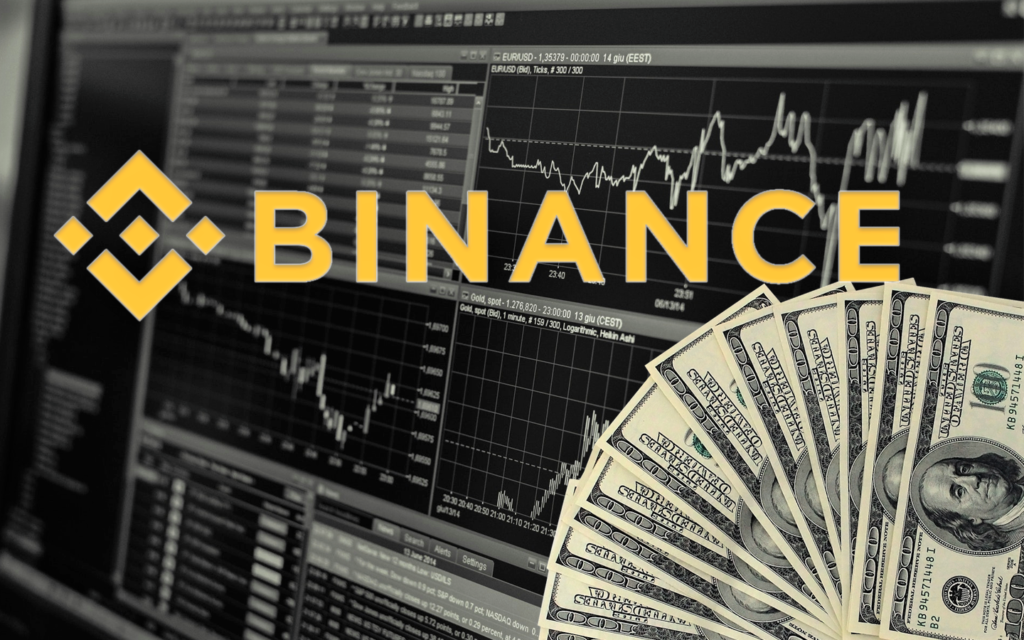on the crypto

Spread bid / offer
The so-called bid / offer spread is the difference between the best available price to sell or buy something in a market. It essentially represents liquidity: the degree to which an asset can be quickly bought or sold on a market at stable prices.
A lower spread implies a deeper market where there is a sufficient volume of orders active at the same time such that buyers and sellers can trade without causing a large change in price.
This is in contrast to a low liquidity environment, where large orders tend to move the price, increasing the cost of executing trades and discouraging traders, especially institutional ones, and causing a further subsequent drop in liquidity. Bitcoin's price rally could be a possible explanation for the decline in stock-wide spreads.
The spread of BitMEX and Binance
The bid / offer spread on perpetual securities (futures without expiry) listed on BitMEX fell to a record low of 0,17% on July 18 and recently another record drop of 0,25% was recorded. The spread on Binance was consistently higher than that on BitMEX before the March crash.
Since then, however, spreads have converged and have practically moved in tandem. "Bitmex's lead has shrunk over other exchanges, largely due to a reputation issue due to a series of outages and technical issues that occurred earlier in the year," Vinokourov said.
A healthier market
An important factor for the depth or liquidity of the order book is the rate of price change. In times of extreme price volatility, spreads tend to grow and exchanges' ability to execute large orders shrinks.
For example, the spread for a $ 10 million listing on BitMEX, one of the largest derivatives exchanges for open interest, rose to 4,07% from 1,3% on March 13, the day the bitcoin price plummeted by 40%.
Similar peaks were seen on other exchanges in mid-March. Exchanges that are perceived as lacking in depth in the order book are often the hardest hit during times of panic.
This is because both buyers and sellers fear that their business will distort prices on an illiquid exchange. This leads to a further widening of the bid / offer spread and exaggerated price movements.
In other words, liquidity weakness generates illiquidity. Therefore, the very low bid / offer spreads on Binance and BitMEX are a welcome development. Stocks have a greater ability to deal with the shocks caused by market volatility than before the March crash.
